Sign up for workout ideas, training advice, reviews of the latest gear and more.

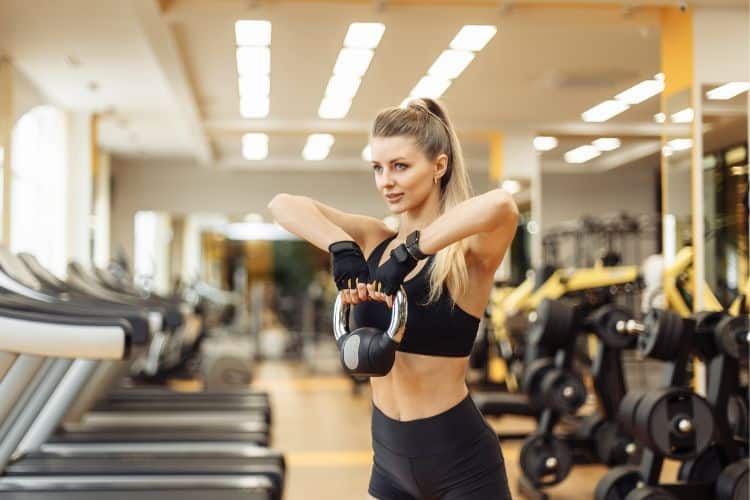
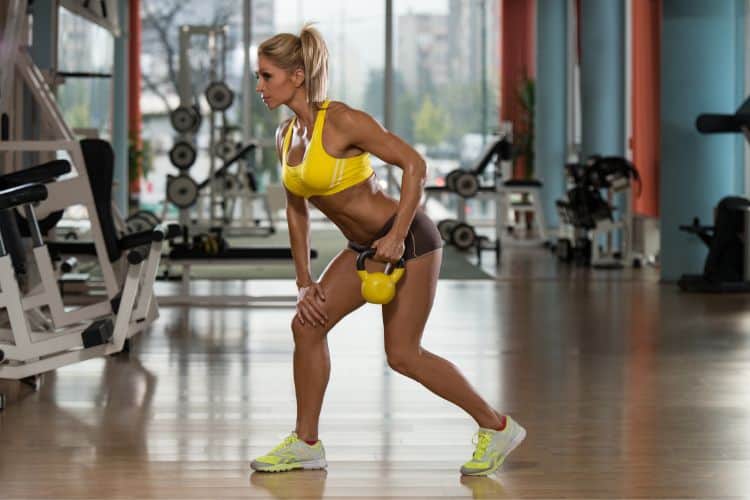
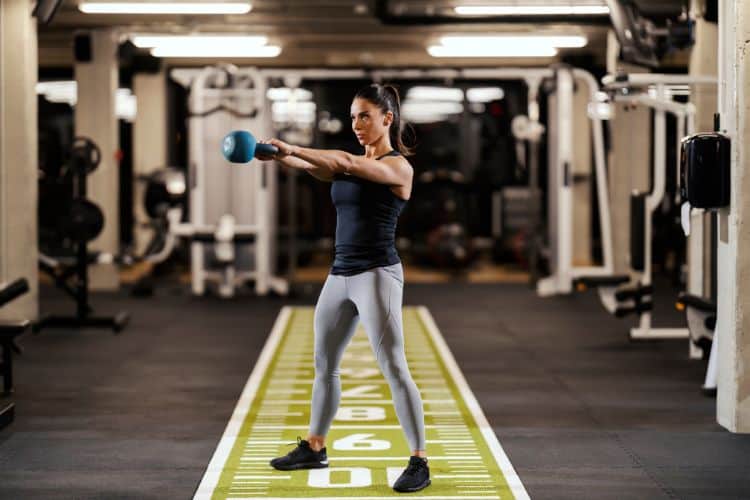
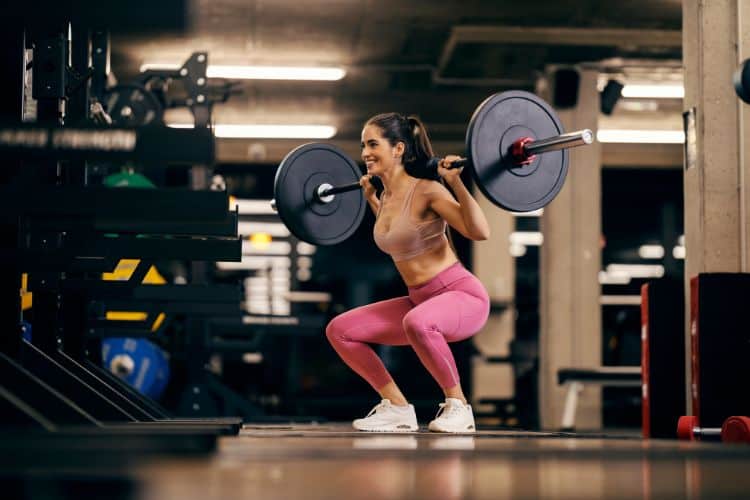
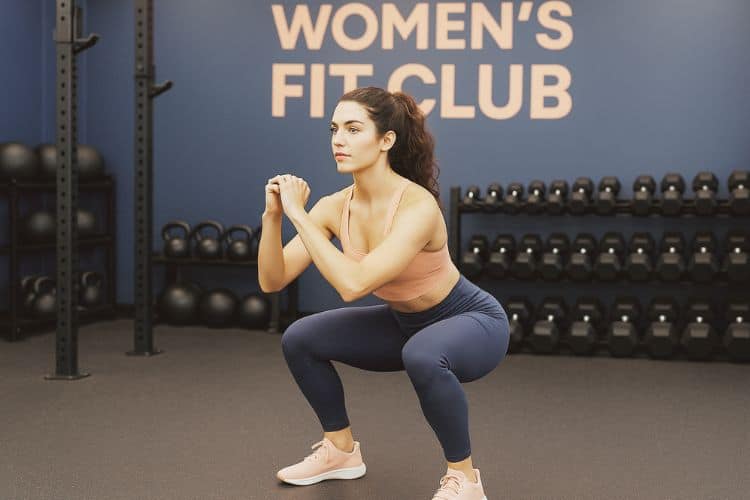
If you’re short on time but want to get stronger, burn fat, and see results, a 30-minute beginner compound workout routine is the perfect solution. Compound exercises use multiple muscle groups at once, helping you maximize efficiency and build a solid foundation of strength — all in just half an hour. This guide will show you everything you need to know, from warm-ups and workout structure to the top compound moves for beginners.
Compound exercises are multi-joint movements that engage multiple muscles at the same time. Unlike isolation exercises — which target one muscle group — compound exercises mimic natural movement patterns, improving coordination and overall body function. For beginners, these exercises are ideal for building total-body strength quickly and efficiently.
These movements not only strengthen major muscle groups but also boost metabolism and support better posture and stability.
Starting a workout routine can be intimidating, but compound training offers impressive benefits for beginners:
In just 30 minutes, you can target every major muscle group. Because compound movements work multiple muscles simultaneously, you’ll save time while building strength, endurance, and balance.
Compound workouts mimic everyday movements like lifting, squatting, and reaching — improving your real-world strength and reducing injury risk.
The more muscles you use, the more calories you burn. A short but intense compound workout can significantly boost your metabolism, making it a great fat-burning solution.
Almost every compound exercise engages the core for stabilization, helping strengthen your abs and lower back naturally.
As you master proper form, you can gradually increase weight, sets, or reps to keep challenging your body — leading to continuous progress.
Before diving into the main workout, always warm up to increase circulation, elevate heart rate, and prime your muscles for performance. Spend 5 minutes on this warm-up circuit:
This quick dynamic warm-up will loosen joints and prepare your muscles for compound movements.
This beginner-friendly routine includes 6 compound exercises arranged in 3 circuits. You’ll perform each exercise for 10–12 reps, resting 30 seconds between exercises and 1–2 minutes between circuits. Complete the entire workout in 30 minutes.
Muscles Worked: Quadriceps, hamstrings, glutes, core
Stand with feet shoulder-width apart, push your hips back, and lower your body as if sitting in a chair. Keep your chest up and knees aligned with toes.
Tip: For added resistance, hold a dumbbell at your chest (goblet squat).
Muscles Worked: Glutes, quads, hamstrings, calves
Step one foot back and lower your knee toward the floor while keeping your torso upright. Push through the front heel to return to the start. Alternate legs.
Tip: Focus on balance — keep your weight evenly distributed between both legs.
Perform 3 sets of each exercise, resting 30 seconds between moves.
Muscles Worked: Chest, shoulders, triceps, core
Place hands slightly wider than shoulder-width apart and lower your chest toward the ground, keeping your body in a straight line. Push back up to start.
Tip: Modify by performing on your knees or against a bench if needed.
Muscles Worked: Back, biceps, rear shoulders, core
Hold dumbbells, hinge at the hips, and pull weights toward your torso, squeezing your shoulder blades together. Lower slowly and repeat.
Tip: Maintain a neutral spine throughout to protect your lower back.
Perform 3 sets of each exercise with 10–12 reps, resting 30 seconds between moves.
Muscles Worked: Glutes, hamstrings, back, core
Hold dumbbells in front of your thighs, hinge at the hips, and lower them down along your legs until you feel a stretch in your hamstrings. Drive through your heels to stand back up.
Tip: Keep the weights close to your legs and maintain a flat back.
Muscles Worked: Shoulders, triceps, core
Hold dumbbells at shoulder height and press overhead, fully extending your arms. Lower slowly back to start.
Tip: Avoid arching your lower back; keep your abs engaged for stability.
Perform 3 sets of each exercise with 10–12 reps. Rest 60–90 seconds between circuits.
If you have extra time, finish strong with this quick fat-burning circuit:
This finisher elevates your heart rate, improves endurance, and adds an extra calorie burn to your session.
After completing your 30-minute compound workout, spend 5 minutes cooling down. Stretching reduces muscle tension and helps with recovery.
Take deep breaths during your cool down to lower your heart rate and relax your body.
To get the most from this 30-minute routine, aim to train 3–4 times per week.
Here’s a sample beginner schedule:
As your strength improves, you can introduce heavier weights or extra rounds.
You don’t need fancy gym gear to start. Here’s what’s helpful:
If you don’t have weights, use resistance bands or even household items like water bottles or backpacks filled with books.
Proper form is crucial to prevent injury and ensure you’re engaging the right muscles. Use a mirror or record yourself to check alignment.
If you’re new to exercise, master bodyweight versions before adding resistance.
Exhale during exertion (lifting) and inhale during relaxation (lowering). This helps control your core and improve endurance.
Three 30-minute sessions per week are enough to build a strong foundation. Consistency beats intensity when starting out.
Once you can perform 12 reps comfortably, increase your weight slightly or add one extra set.
Compound workouts are a powerhouse for burning fat and improving fitness. Because they recruit multiple large muscle groups, they increase oxygen demand and elevate your EPOC (Excess Post-Exercise Oxygen Consumption) — meaning your body continues burning calories even after the workout ends.
For beginners, this translates into faster results in less time, especially when combined with a balanced diet and regular movement throughout the day.
Your results depend as much on nutrition as on exercise. Here’s how to fuel your body for progress:
Protein supports muscle recovery and growth. Include sources like chicken, eggs, beans, tofu, or Greek yogurt in your meals.
Drink plenty of water before, during, and after workouts to support performance and recovery.
Include healthy fats (avocado, olive oil) and complex carbs (brown rice, oats, sweet potatoes) to maintain energy levels.
Have a light snack 30–60 minutes before training, such as a banana with almond butter or a small smoothie.
Refuel with a mix of protein and carbs within an hour of your session to replenish glycogen stores and repair muscles.
Many beginners think you need long gym sessions to see progress — but quality beats quantity. A focused 30-minute compound workout keeps intensity high, muscles engaged, and rest periods short. This combination stimulates both strength and cardiovascular benefits, making it perfect for busy people.
Whether you’re training at home or in a gym, 30 minutes of targeted compound movements can deliver impressive results when done consistently.
Jumping into your workout cold increases the risk of injury and limits performance.
Incorrect technique not only reduces effectiveness but can also lead to strains or back pain. Focus on mastering each move before increasing weight.
Start light. Strength develops over time, and progressive overload is about gradual improvement — not ego lifting.
Muscles grow and recover during rest, not while training. Take at least one full rest day between sessions.
Even the best workout routine won’t compensate for a poor diet. Fuel your body for performance and recovery.
Stay motivated by tracking your progress. Record:
Over time, you’ll notice improved strength, endurance, and confidence. Celebrate those milestones — they’re proof that consistency pays off.
A 30-minute beginner compound workout routine is one of the most efficient and effective ways to start your fitness journey. By combining functional movements, full-body activation, and smart progression, you’ll build strength, tone muscles, and improve stamina — even on a busy schedule.
Commit to showing up for just half an hour a few times a week, focus on form, and pair your workouts with balanced nutrition. In a few weeks, you’ll see noticeable results — not just in your physique, but in your energy, posture, and confidence.
Stay up to date on the latest women’s health, fitness and lifestyle trends and tips.